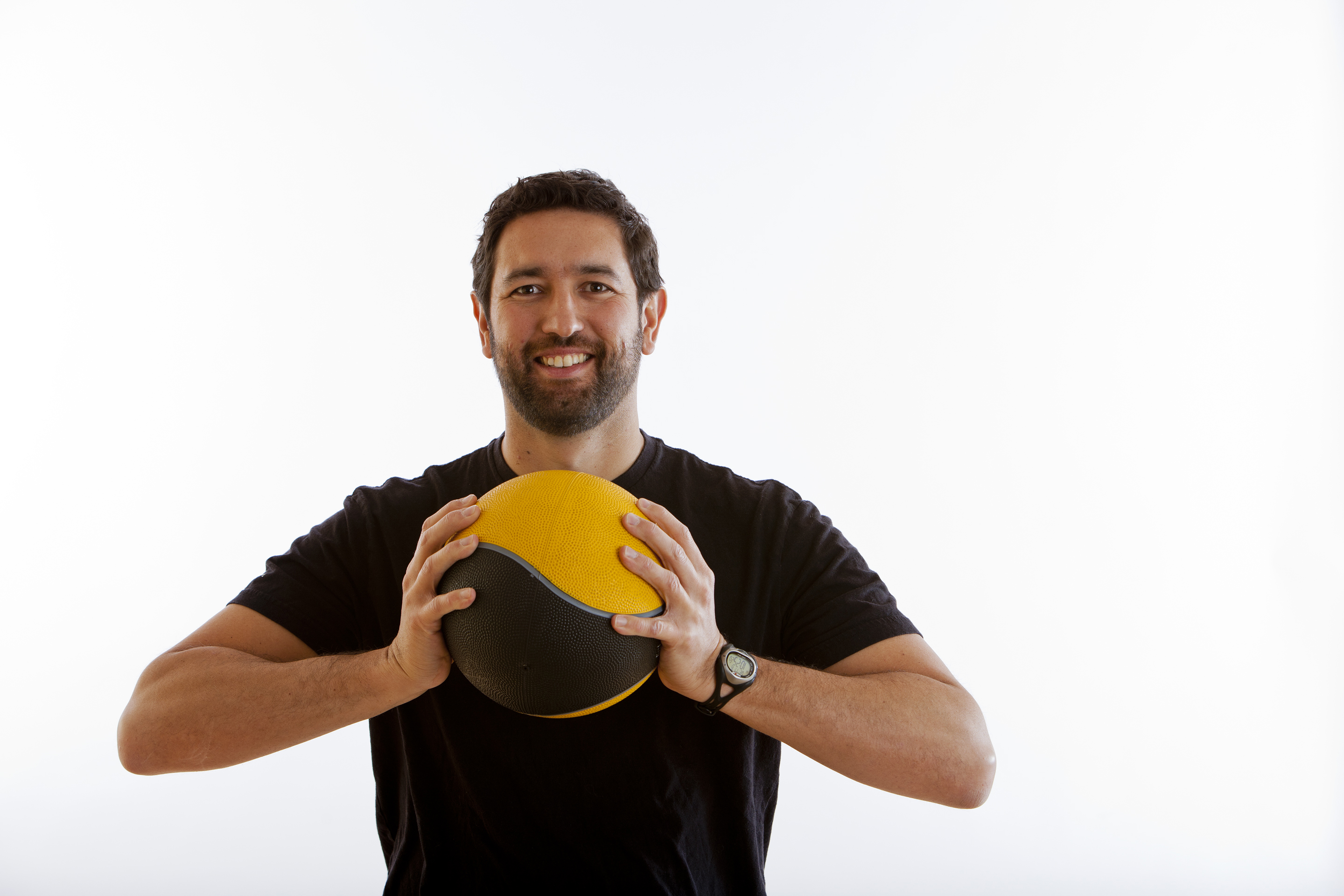[fusion_builder_container hundred_percent=”no” equal_height_columns=”no” menu_anchor=”” hide_on_mobile=”small-visibility,medium-visibility,large-visibility” class=”” id=”” background_color=”” background_image=”” background_position=”center center” background_repeat=”no-repeat” fade=”no” background_parallax=”none” enable_mobile=”no” parallax_speed=”0.3″ video_mp4=”” video_webm=”” video_ogv=”” video_url=”” video_aspect_ratio=”16:9″ video_loop=”yes” video_mute=”yes” video_preview_image=”” border_size=”” border_color=”” border_style=”solid” margin_top=”” margin_bottom=”” padding_top=”” padding_right=”” padding_bottom=”” padding_left=””][fusion_builder_row][fusion_builder_column type=”1_1″ spacing=”” center_content=”no” hover_type=”none” link=”” min_height=”” hide_on_mobile=”small-visibility,medium-visibility,large-visibility” class=”” id=”” background_color=”” background_image=”” background_position=”left top” background_repeat=”no-repeat” border_size=”0″ border_color=”” border_style=”solid” border_position=”all” padding=”” dimension_margin=”undefined” animation_type=”” animation_direction=”left” animation_speed=”0.3″ animation_offset=”” last=”no”][fusion_text]
Are you still stretching your IT band?
Article by Mark Pitcher
Runners and cyclist know the iliotibial band or “IT band” (ITB) well. We tend to roll it, knead it and attempt to stretch it all the time. It is usually a love-hate relationship heavily biased towards hate. The problem is, recent research indicates much of this self-inflicted suffering doesn’t do much to change the ITB.
The IT band is the thickened aspect of the fascia lata (connective tissue) that surrounds your entire thigh. This dense unyielding tissue allows transfer of forces between the hip and knee. It arises from the hip in three portions: From the gluteal muscles in the back, off the crest of the ilium (the hip bone) in the middle, and it envelops the tensor fascia lata muscle at the front. It inserts below the knee and helps stabilize the joint.
Iliotibial band syndrome is a painful condition that affects the lateral knee of athletes, especially runners and cyclists. It is also called iliotibial band friction syndrome because it is commonly thought the pain is a result of abnormal tracking, forward and backward, of the band against the femur. This notion has been challenged by recent research, which shows the IT band does not move forward and backward at all. The pain is actually from compression of the ITB into the outside of the femur, which irritates the pain-sensitive fatty tissue under the ITB’s attachment near the knee.
The compression at the knee worsens when tension increases at the hip and internal rotation occurs at the knee. While tension at the hip can be a result of tight glutes, it is more commonly weakness in hip stabilizers that allows the pelvis to dip slightly and the knee to collapse inwards as we bend the knee while on one leg.
Increasing strength can reduce these symptoms. One study showed runners who added hip abductor exercises could significantly improve muscle strength (51 percent) and resolved knee symptoms in 91 percent of the athletes tested. This is consistent with what we see in our office. While we do address the local inflammation, release adhesions between the ITB and quads, and stretch the hip musculature, we always assess the hip stabilizers for weakness. Prescribing muscle activation and strength exercises yields better results.
Over the years I have been guilty of prescribing rounds of painful ITB rolling. (Sorry guys). I still use rolling for other types of problems and still have patients roll the glutes and external rotators of the hip, just not specifically the ITB. The ITB often feels tight, so it seems natural to want to elongate it through stretching or rolling. However, this rarely works.
It has been said that the ITB has tensile strength of steel. A 2010 study used strain gauges implanted in cadaver ITBs to measure tension. Their analysis showed that even with maximal muscle contraction, the ITB was rigid, lengthening only 0.2 percent. Anatomical studies show the ITB is firmly attached to the entire length of the femur. It doesn’t shorten. It doesn’t lengthen.
There are many benefits to rolling and stretching in many areas of the body. While rolling and attempting to stretch the ITB probably doesn’t cause any irreparable harm to tissue, it really does feel lousy. Try rolling the quads instead of the ITB and find a good balance of hip mobility to gluteal strength and you’ll see better results with fewer tears.
For and links to the research discussed here, visit www.markjpitcher.com.
Mark Pitcher is a chiropractor and exercise physiologist with Vail Integrative Medical Group located at the Vail Vitality Center. He specializes in rehabilitative medicine. For more information visit www.vailhealth.com or www.vailvitalitycenter.com
[/fusion_text][/fusion_builder_column][/fusion_builder_row][/fusion_builder_container]
